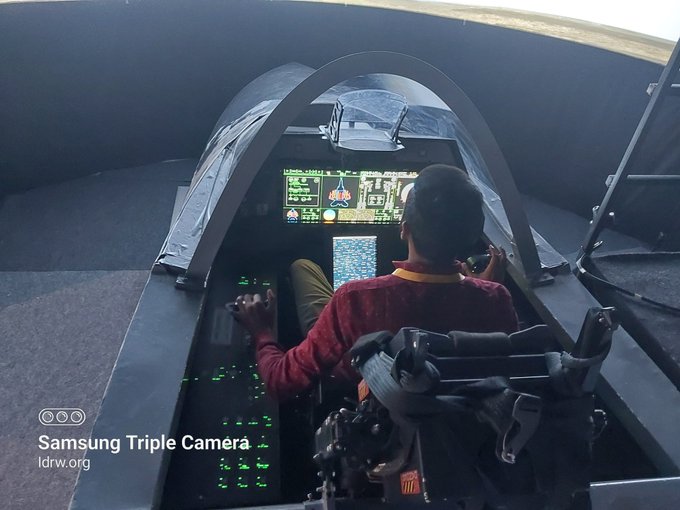SOURCE: IDRW.ORG

In a significant stride towards bolstering India’s indigenous defense capabilities, the Cabinet Committee on Security (CCS), under the leadership of Prime Minister Narendra Modi, has allocated a staggering ?15,000 crore for the advancement of the country’s 5th generation Advanced Medium Combat Aircraft (AMCA) program. This move underscores India’s commitment to fostering self-reliance in defense manufacturing and underscores its ambition to emerge as a formidable player in the global aerospace arena.
The AMCA project marks a pivotal milestone in India’s defense modernization efforts, positioning it as the third Indian fighter jet program, following the successful development trajectories of Tejas Mk1A and MkII, the latter currently under development. With the AMCA, India seeks to establish itself as a key player in the domain of advanced combat aircraft, reducing dependence on foreign imports and enhancing its strategic autonomy.
The development of the AMCA will be executed in two distinct phases, each aimed at enhancing the aircraft’s capabilities and performance to meet evolving operational requirements. In Phase-I, the focus will be on the development of the AMCA MKI variant, equipped with GE F-414 engines boasting a thrust of 98kN. Notably, these engines will be manufactured locally in India by the state-owned Hindustan Aeronautics Limited (HAL), further strengthening the country’s indigenous defense industrial base. The Indian Air Force (IAF) has committed to procuring 40 units of the AMCA MKI, reaffirming its confidence in the indigenous defense ecosystem.
Phase-II of the AMCA program heralds a new era in Indian aviation technology, with the development of the AMCA MK2 variant. This iteration promises enhanced capabilities, including the integration of a new 110-120kN class engine, enabling the aircraft to achieve supersonic cruising speeds. Additionally, the AMCA MK2 will feature state-of-the-art avionics and electronic pilot functions, paving the way for advanced AI-based computing systems to assume control of critical flight operations. These innovations, such as hands-free takeoff and landing functions, aim to mitigate pilot workload and enhance operational efficiency, ensuring optimal performance in diverse operational scenarios.